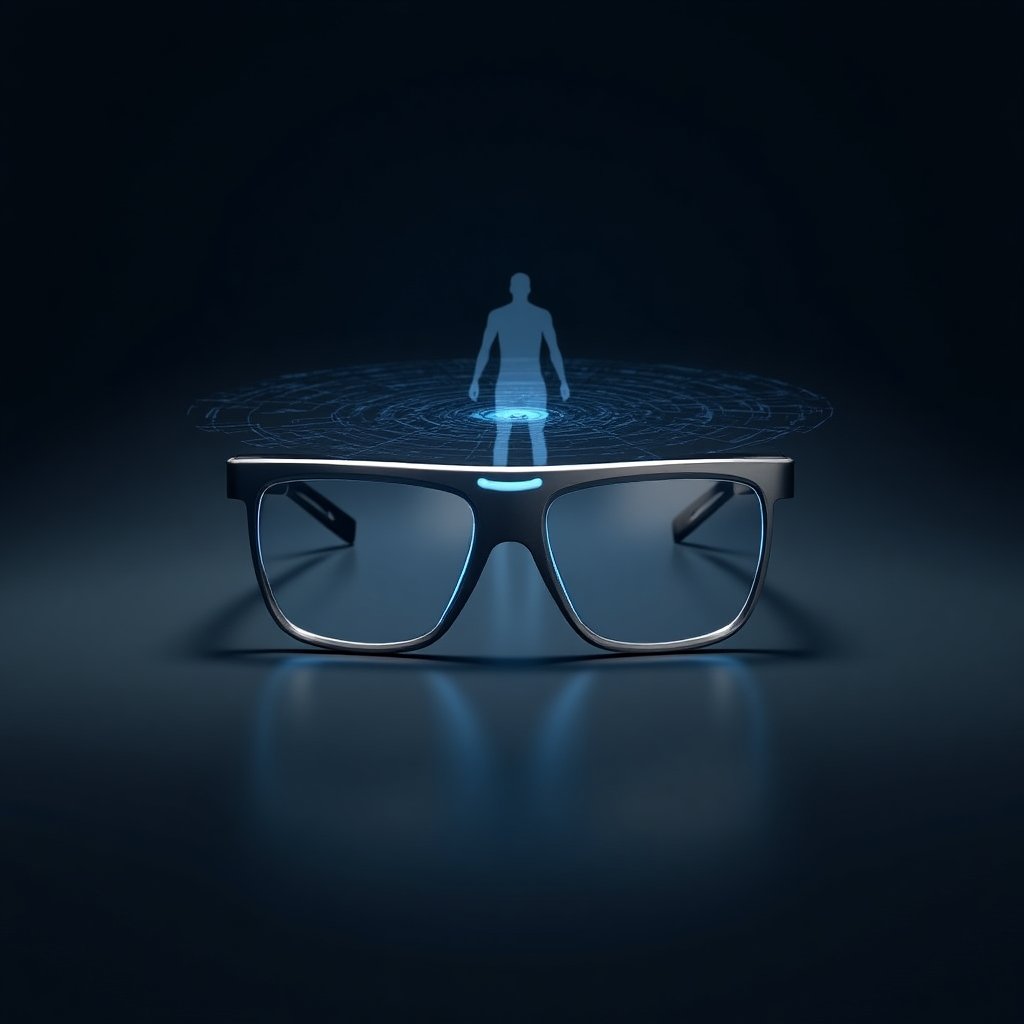The future of wearable tech is here, and it’s not just a pair of glasses—it’s a portable AI research lab. Meta’s ARA Gen 2 glasses, unveiled by Mark Zuckerberg and his team, are redefining what smart glasses can do. Forget the clunky, underwhelming devices of the past. These glasses are packed with cutting-edge sensors, on-device AI processing, and features that make them feel like a leap forward in time. Let’s dive into why these glasses are a game-changer and how they’re shaping the future of AI, robotics, and accessibility.
What Makes the ARA Gen 2 Glasses Different?
Most smart glasses promise the world but deliver little. Meta’s ARA Gen 2 glasses, however, are the real deal. They don’t just sit on your face; they interact with the world around you. Equipped with advanced sensors, these glasses can track your eye movement, monitor your heartbeat, and even follow your hands as you interact with objects. The tech inside is mind-blowing—think simultaneous localization and mapping (SLAM), object recognition, and spatial audio. All of this happens directly on the glasses, meaning you don’t need an internet connection to use them. It’s like having a personal AI assistant strapped to your face.
How These Glasses Are Shaping the Future of AI and Robotics
What’s truly groundbreaking is how researchers are using these glasses. They’re not just for consumers; they’re tools for developing smarter AI systems and training robots to interact with the world more naturally. Imagine a world where robots can understand human gestures and respond accordingly. That’s the kind of innovation these glasses are enabling. Meta calls this “human-centric computing,” and it’s a concept that could revolutionize industries from healthcare to retail.
A New Era of Accessibility
One of the most inspiring aspects of the ARA Gen 2 glasses is their potential to assist people with disabilities. Companies like Envision are already leveraging this technology to help individuals with visual impairments navigate the world. For example, these glasses can guide someone through a grocery store, identifying products and providing spatial audio cues to help them find what they need. This isn’t just cool tech—it’s life-changing innovation.
Take Sharon, a woman featured in TheAIGRID’s video, who uses the glasses to shop independently. With spatial audio and AI-powered object recognition, she can locate apples, red onions, and even the checkout counter without assistance. This level of independence is transformative, and it’s just one of the many ways these glasses are making a difference.
Meta’s Commitment to Accessibility
Meta is working closely with organizations like the Lighthouse for the Blind and Visually Impaired to co-design features that truly meet the needs of the community. It’s a collaborative effort that ensures these glasses aren’t just high-tech gadgets—they’re tools that empower people.
The Tech Behind the Magic
Let’s break down the technology that makes these glasses so special. Here are some of the key features:
- Eye Tracking: The glasses can follow your gaze, understanding what you’re looking at.
- Hand Tracking: They can identify objects you’re interacting with, whether it’s picking up an apple or grabbing a book.
- Heart Rate Monitoring: This feature provides insights into your physical state, opening up possibilities for health and fitness applications.
- Spatial Audio: Sounds are positioned in 3D space, making it feel like they’re coming from specific locations around you.
- On-Device AI Processing: The glasses process data in real time, ensuring seamless performance without relying on cloud computing.
Why This Matters
These features aren’t just cool—they’re practical. Whether you’re shopping, working, or exploring, the ARA Gen 2 glasses enhance your experience by blending the digital and physical worlds seamlessly. It’s a glimpse into the future of augmented reality, where technology fades into the background and becomes an intuitive part of everyday life.
Beyond ARA: Meta’s Broader Vision
While the ARA Gen 2 glasses are currently for researchers, Meta’s other products, like the Ray-Ban Stories, are already available to consumers. These glasses integrate AI for tasks like taking photos, translating text, and sending messages. They’re a taste of what’s to come, and they show how Meta is leading the charge in wearable tech.
Looking further ahead, Meta’s Orion glasses, unveiled at Meta Connect 2024, promise even more advanced augmented reality capabilities. Slated for release in 2027, these glasses aim to overlay holograms onto the physical world, creating truly immersive experiences. Imagine playing holographic ping-pong or having a loved one teleport into your living room as a hologram. It’s the stuff of science fiction, but it’s closer than you think.
The Future of Glasses in 2030
According to Demis Hassabis, co-lead of Google’s Gemini project, by 2030, AI assistants in glasses could become the default form factor. Think about it: Glasses are something most people already wear, and integrating AI into them makes perfect sense. Instead of pulling out your phone, you’ll have a personal assistant that can analyze your surroundings, provide advice, and solve problems in real time. It’s a vision that aligns perfectly with Meta’s trajectory, and it’s one that could redefine how we interact with technology.
Thoughts and Takeaways
Meta’s ARA Gen 2 glasses are more than just a piece of tech—they’re a tool for shaping the future. From advancing AI and robotics to empowering people with disabilities, these glasses demonstrate the potential of innovation to create meaningful change. As we look ahead to the next wave of wearable tech, one thing is clear: The line between the digital and physical worlds is blurring, and Meta is at the forefront of this transformation.
So, what do you think? Are you ready to embrace a future where your glasses are your personal AI assistant? How do you see this technology impacting your daily life? Share your thoughts in the comments below, and let’s continue the conversation. Don’t forget to join the iNthacity community and become a permanent resident of the Shining City on the Web. Like, share, and let’s build the future together!
Wait! There's more...check out our gripping short story that continues the journey: The City of Elysium-7
Disclaimer: This article may contain affiliate links. If you click on these links and make a purchase, we may receive a commission at no additional cost to you. Our recommendations and reviews are always independent and objective, aiming to provide you with the best information and resources.
Get Exclusive Stories, Photos, Art & Offers - Subscribe Today!


























Post Comment
You must be logged in to post a comment.